Difference Mezcal vs. Tequila
A recurring question
I'm often asked what the difference is between mezcal and tequila. It's a very obvious question, since both are made from agave and exclusively in Mexico.
Since I enjoy both spirits very much, I would like to answer the question here.
The basis: agaves
First, it should be noted that tequila is a specific form of mezcal. Both are made from the agave plant. This requires some patience, as it takes about eight to ten years for an agave to be ready for harvest. The agave is harvested after it has bloomed for the first (and last) time. The leaves are stripped off, and the so-called heart, or pulp, is used. It is also called "piña" because this heart resembles a pineapple.
Mezcal
Different agave varieties can be used for mezcal, even wild varieties are permitted. This is very interesting from an ecological perspective, as excessive monocultures are known to be bad for our environment. Furthermore, the use of different varieties offers a greater variety of flavors.
tequila
Tequila is made exclusively from the blue agave, the so-called Agave Tequilana Weber, colloquially Agave Azul (azul = blue). Since only one variety is used, there is naturally less flavor variety (compared to mezcal). Furthermore, the cultivation of these monocultures causes ecological problems.

Mashing
For both mezcal and tequila, the agave hearts must first be cooked. This cooking process can take from a few hours to several days, depending on the method and temperature used. The cooking process is necessary to make the sugars contained in the agave available for later fermentation.
Mezcal
When it comes to mezcal, a very traditional process is often used. Hot stones are placed in so-called palenques, or earth pits, onto which the agave hearts are placed. The hearts are then covered with palm mats and earth. The agave piñas remain there for several days to absorb the aromas of the soil and the smoke. And it is precisely this characteristic smoky and earthy aroma that mezcal is known for.
After cooking, the agave hearts are traditionally crushed by a millstone—sometimes even pulled by a donkey. In more modern distilleries, the agave hearts are cooked in ovens and then mechanically crushed.
tequila
Since tequila is mostly produced in very large quantities and thus industrially, "palenques" are no longer used. The cooking process is reduced to just a few hours in so-called autoclaves, in which the agave plants are cooked under pressure. This process preserves the "clear" aroma.
Once the cooked agave hearts have cooled down, they are processed further:
Water is used to extract the juice and sugar from the plants before the fruit parts are pressed. This process produces agave syrup or must.
A look behind the scenes
When we were in Oaxaca in 2014 and visited a mezcaleria, it was actually a donkey pulling the stone. I repeatedly (and persistently) asked if this was for show, and where the industrial machinery was. I was repeatedly told no. I simply couldn't believe that a donkey had to run around in circles, pulling a millstone behind it. I'm a fan of traditional production methods, but there are definitely limits. And at the same time, I fear that the small mezcalerias can't afford to grind the agave hearts mechanically.



The fermentation
Before this pulp, syrup, or must is fermented in steel tanks, a decision is made as to whether it will be a 100% agave mezcal/tequila or a mixto mezcal/tequila. In both cases, other sugars, such as cane sugar, may be added during fermentation. The use of other sugars, of course, has a significant impact on the flavor. The distinction is made as follows:
Mezcal type I - 100% Agave
Mezcal tipo II (mixto) - min. 80% agave
Tequila 100% (agave-azul) - min. 100% agave
Tequila mixto - min. 51% agave
distillation
Mezcal and tequila are typically distilled multiple times. The resulting spirit, with over 80% ABV, is blended with water and adjusted to a drinkable alcohol strength. The mezcal must have a minimum ABV of 36%.


Quality levels
Both Mezcal and Tequila are divided into different categories, which can also be used as a quality criterion.
- Joven : not aged, clear color
- Reposado : Aged in wooden barrels for at least 2 months and therefore slightly caramel-colored.
- Añejo / Añejado : Aged for at least 1 year in wooden barrels, giving it a dark caramel color.
- Gold / Joven / Oro : A blend of white, unaged tequila with aged tequila. This version may contain up to 1% of its weight in caramel color, natural oak extracts, glycerin, and simple syrup. This gives it a more mature and smoother flavor.
- Extra-Añejo : A relatively young category in which tequila is aged for at least 3 years in oak barrels.
Origin
Another difference between the two lies in their origins. Yes, both mezcal and tequila are produced in Mexico, but...
... Mezcal may only be distilled in the states of Oaxaca, Guerrero, Durango, San Luis Potosí and Zacatecas.
... Tequila may be distilled in the state of Jalisco and in various municipalities in the states of Nayarit (8 municipalities), Michoacán (30 municipalities), Guanajuato (7 municipalities) and Tamaulipas (11 municipalities).
My conclusion
If it's just a question of taste as to which I prefer, mezcal or tequila, I really don't have a favorite. I appreciate the clean lines of tequila, while mezcal has the smoky, earthy notes that come from the traditional brewing process.
If I had to choose, I'd go for mezcal. But that really has nothing to do with the taste, just the production process. The mezcalerias in Oaxaca are simply much smaller than the many tequila distilleries. In 2014, I visited a large mezcal distillery in Oaxaca, and although it was a large distillery, the production process was very traditional. There were palenques, the pits in the ground where the agave was cooked. A donkey pulled a millstone to crush the cooked hearts, and the stills were very creatively constructed! 😀
Personally, I find such a factory much more useful than a huge industrial distillery where everything is produced with the highest efficiency in mind.
Our bestsellers
View all
Author Andrea
Not only do I love distilling, but I also enjoy sharing my knowledge, experience, and passion. In my blog posts, I take you on a journey through everyday life at our distillery and on our small business. Of course, there are also drinks to enjoy along the way.





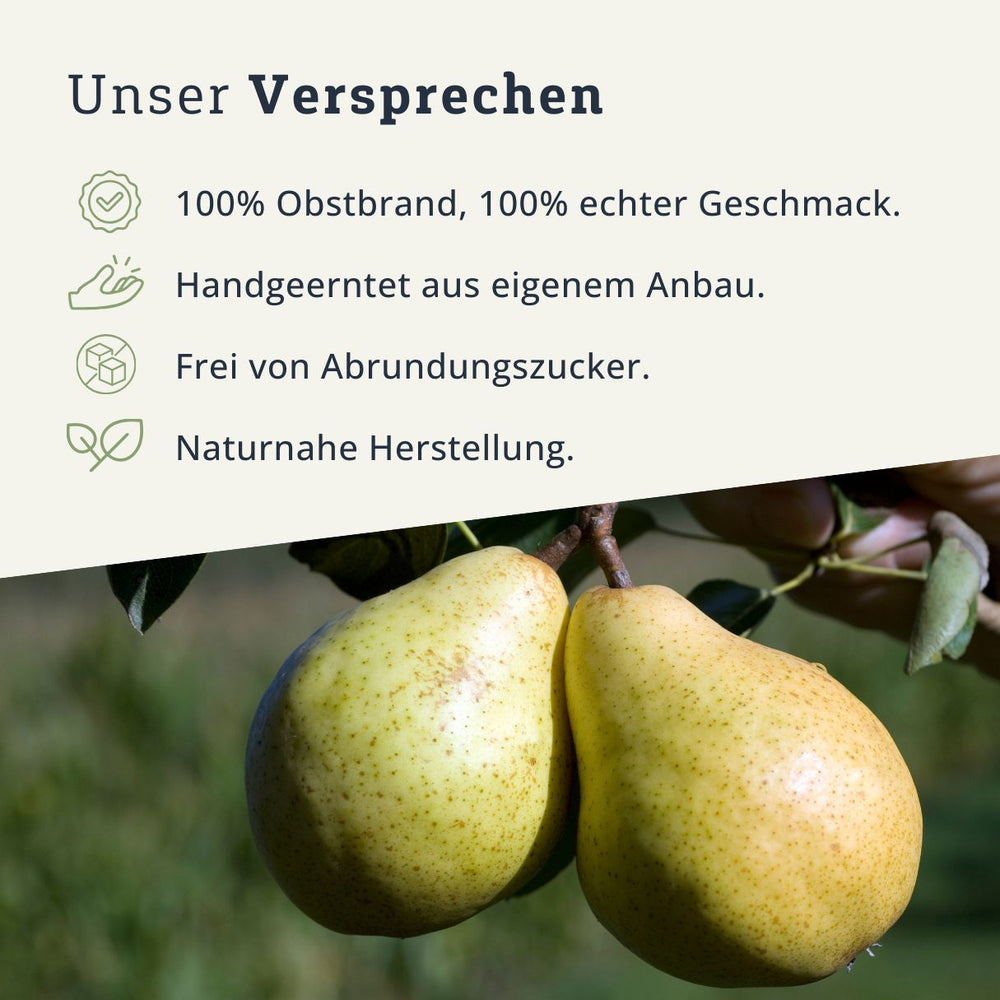

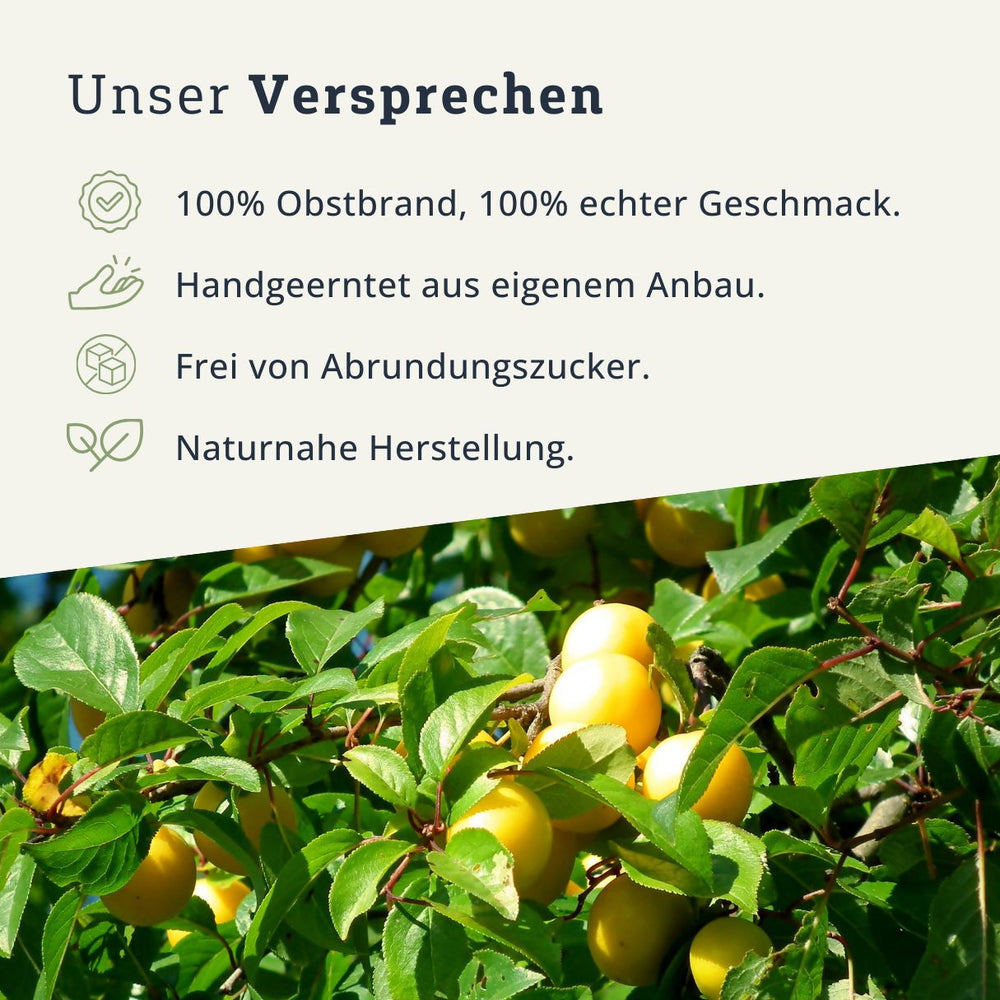

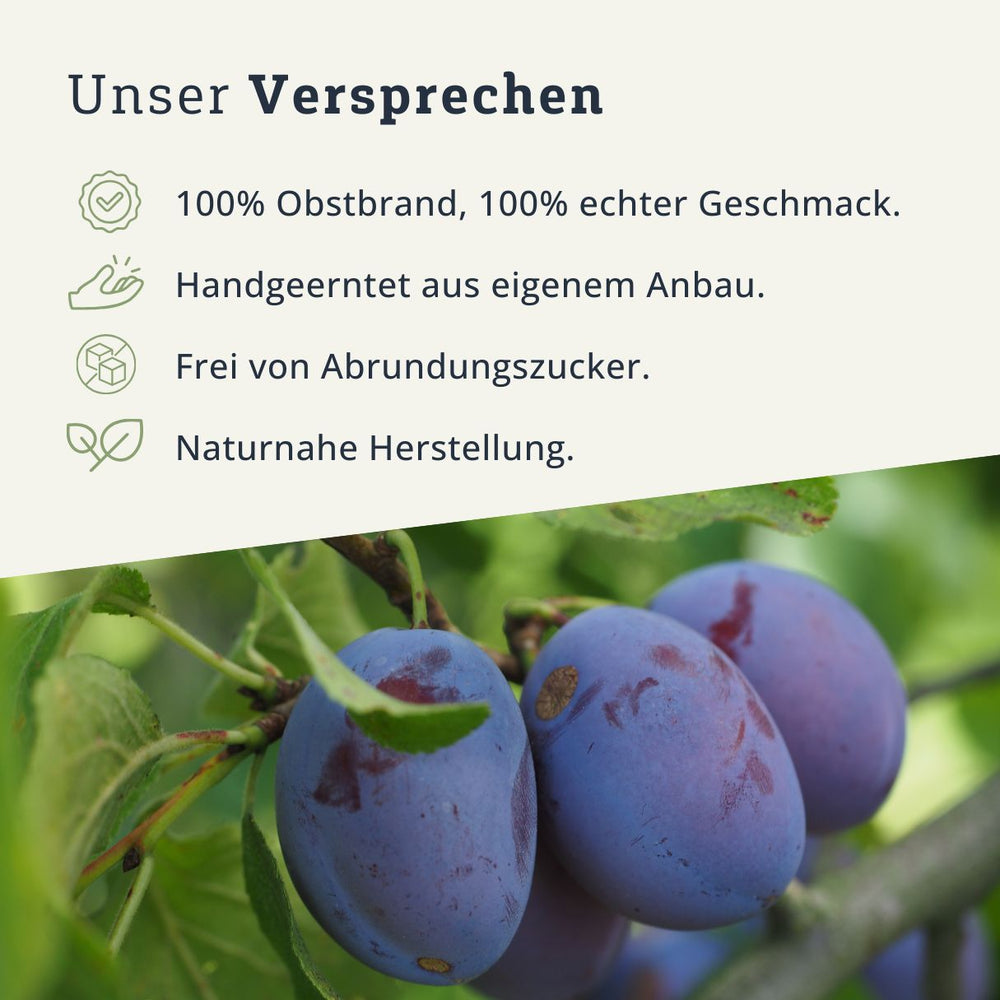


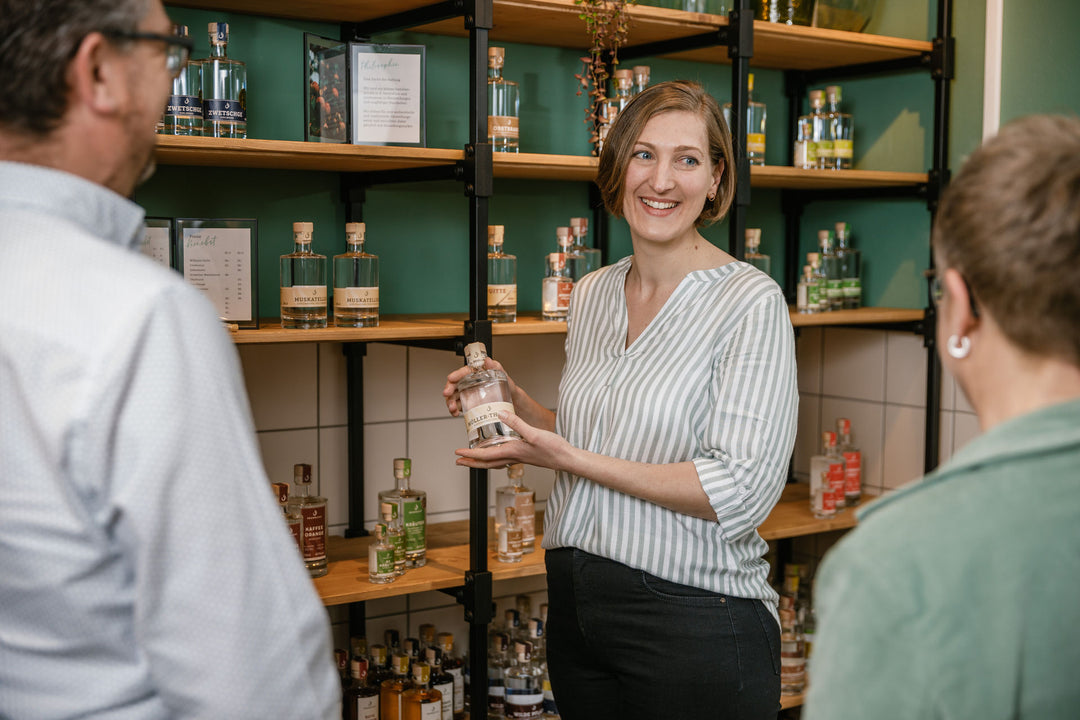

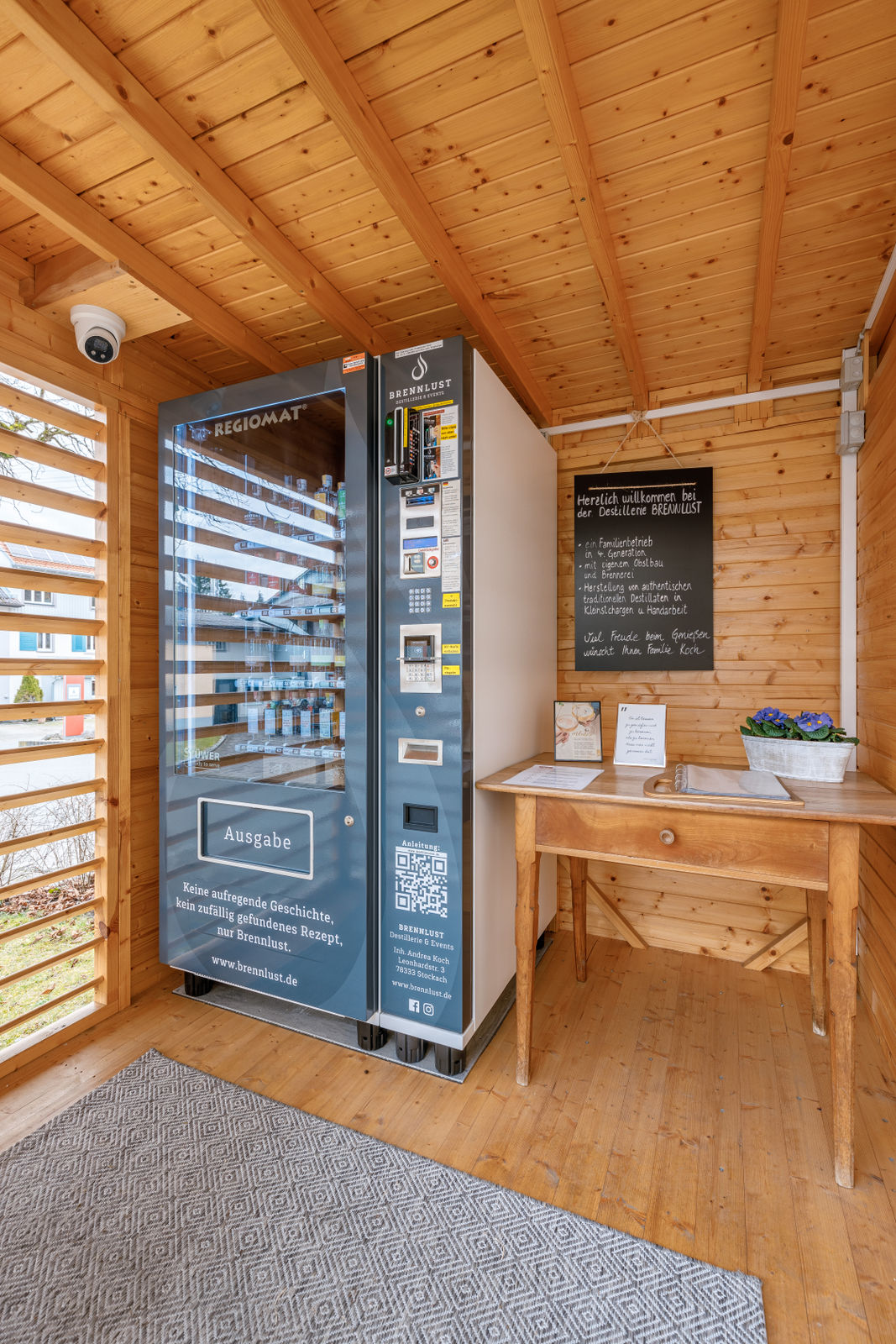
Leave a comment